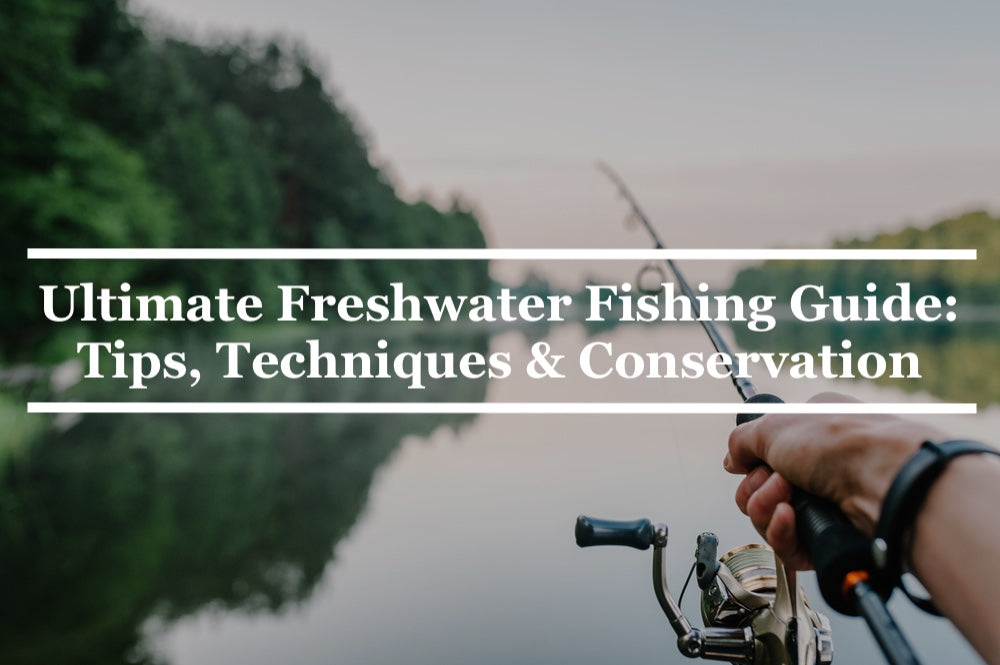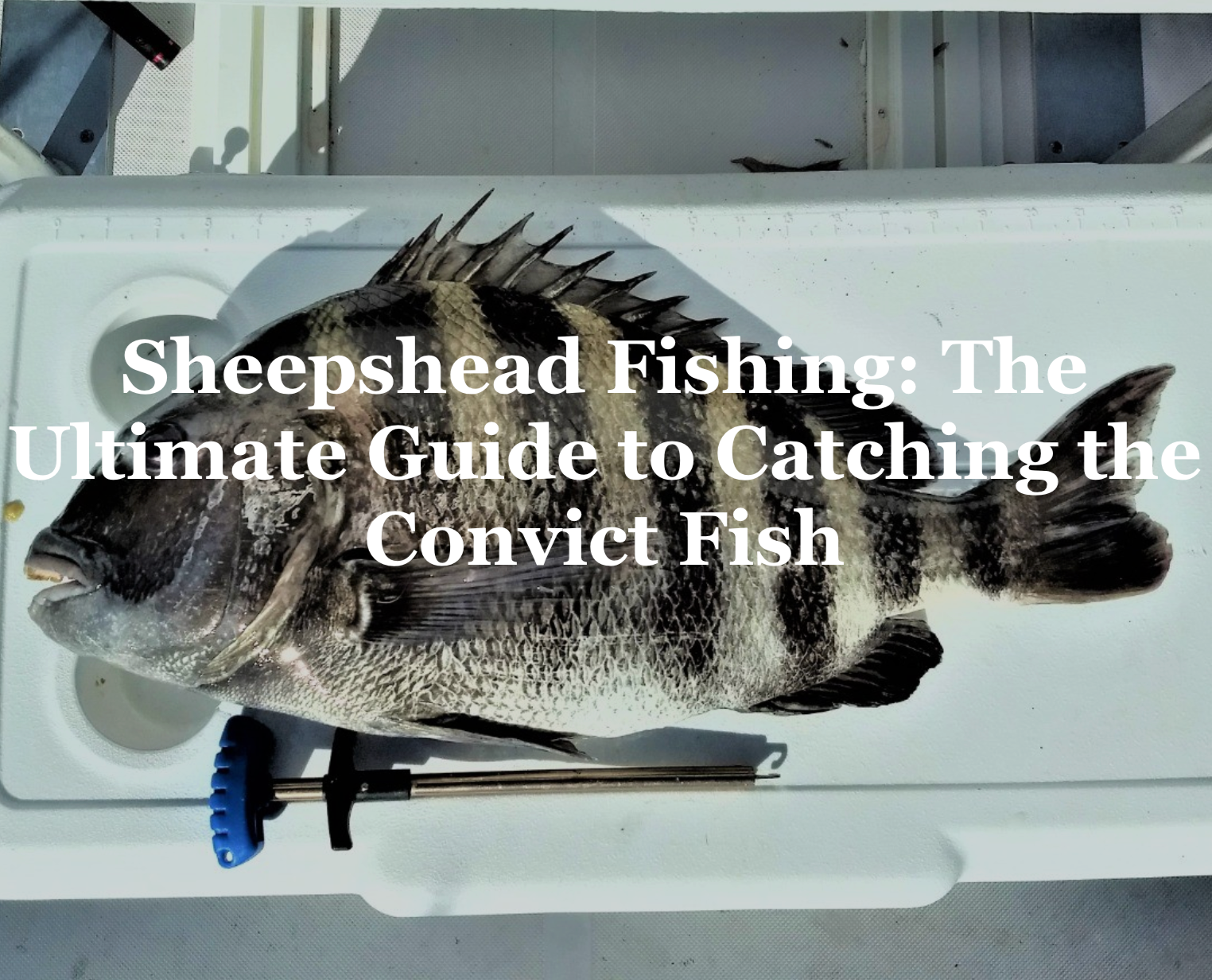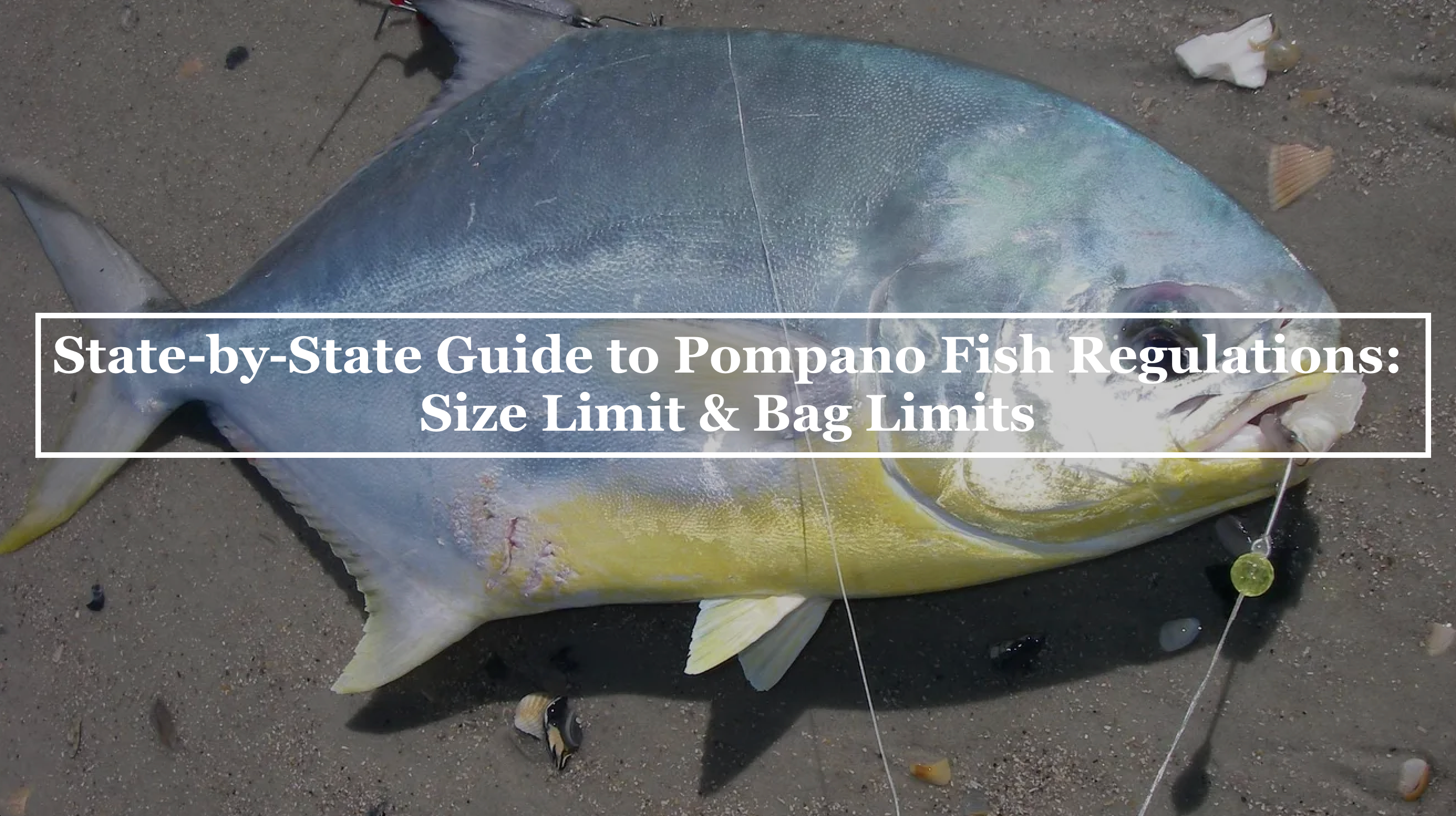Freshwater fishing—a pastime that captivates millions with its simplicity, yet challenges even the most seasoned anglers with its depth. Across every state, from serene lakes and flowing rivers to expansive reservoirs, the opportunity to cast a line into fresh waters beckons. It’s the gateway to the outdoors for many, combining the thrill of the catch with the peace of being one with nature.
Freshwater Fishing Basics

Starting your journey into freshwater fishing doesn't require extensive gear or intricate knowledge. The essence lies in mastering a few basic principles and techniques. Initially, recognizing the diversity of freshwater locales is crucial. Whether it's a still pond, a babbling brook, or a vast lake, each environment offers unique challenges and rewards.
Fishing Spots and Techniques
Choosing the Perfect Spot for Freshwater Fishing

Having decided on your target species and the best time to fish, the next step is finding the perfect freshwater fishing location. The place you choose to cast your line depends largely on the type of fish you’re aiming to catch. Luckily, whether you’re looking at natural or artificial water bodies, you’re spoilt for choice.
Natural Lakes: These are formed through natural occurrences like plate tectonics or the melting of glaciers, ranging from quaint mountain lakes to the expansive Great Lakes. Fishing in lakes can often be fruitful near where a river or stream begins.
Man-Made Lakes: Constructed through activities such as damming rivers or mining, these lakes tend to experience more significant water level fluctuations compared to their natural counterparts.
Reservoirs and Flowages: These are essentially rivers or creeks that have been dammed by human efforts, creating new fishing hotspots. To maximize your success, focus on areas where there’s a noticeable change in depth or the presence of structures.
Ponds: Typically found on both public and private lands, ponds are often formed for agricultural or leisure purposes. Always ensure you have the landowner's permission if fishing in a private pond, and adhere to local fishing laws.
Rivers and Streams: Offering perhaps the most accessible freshwater fishing spots, rivers and streams can be enjoyed whether you’re wading, canoeing, or kayaking. Look for natural structures like fallen trees that offer fish shelter from predators and currents for your best chance at a catch.
Types of Freshwater Fishing Techniques

After choosing your fishing spot, the next step is to select your fishing method. This choice largely depends on the equipment you have at your disposal, such as a fly rod, spear, boat, or even just your hands.
Dock Fishing: A perfect starting point for beginners and young anglers, dock fishing doesn’t require elaborate equipment like boats. Though catching a trophy fish from a dock may be unlikely, it's an excellent way to familiarize yourself with fishing basics and enjoy the serene environment.
Spearing and Noodling: For those aiming to catch elusive larger fish in rivers, spearing presents an exciting option. Alternatively, noodling—where you use your fingers as bait to entangle a fish—offers a unique, hands-on approach. Catfish are commonly targeted with these methods for the thrill and challenge they provide.
Boat Fishing: Spanning from large vessels to humble kayaks, boat fishing stands out as a preferred method for accessing diverse fish species in different water sections. While boats offer the advantage of mobility and can enhance trolling efforts, they ultimately serve as a versatile platform for casting into untouched waters.
Freshwater Fly Fishing: Ideal for shallow and clear waters where wading is possible, fly fishing demands skill and understanding of fish behavior. With flies crafted to mimic real insects, fly fishing is a sustainable way to appeal to species like trout that are attracted to surface foods.
Ice Fishing: Embraced in colder regions, ice fishing invites anglers to venture onto frozen lakes and ponds. Using an auger to drill through the ice, this method provides a unique opportunity to catch fish like Northern Pike and Bass, which are also popular in warmer seasons.
Navigating Freshwater Fishing Through the Seasons

Seasonal shifts dramatically impact the behavior of bodies of freshwater, influencing where and how to fish effectively.
Spring Turnover: As warmer weather arrives, surface water heats and descends, making way for cooler water from below. This cyclical motion continues until the temperature balances throughout. During this time, the secret to a successful catch is to fish in shallower areas where fish are more plentiful.
Summer Stagnation: The peak of summer introduces stratification, a layering effect where warm water forms a ceiling above the cooler depths. Between these strata lies the thermocline, a zone 2 to 10 feet deep that becomes a fishing hotspot due to its favorable conditions for fish activity.
Fall Turnover: The cooling air of autumn encourages the surface water to mix with the depths once again, equalizing the temperature and energizing fish to roam. Although this can make pinpointing their location challenging, patient anglers can still persuade them onto their hooks with strategic targeting.
Understanding Thermal Influence on Fish Habits
Fish thrive within specific temperature bands, and turnovers—the swapping of upper and lower water layers in aquatic environments—play a pivotal role in determining water temperature and fish location. Warmwater species typically seek surface-level warmth during colder seasons and cooler refuges near the bottom when it's hot. Conversely, coldwater species dive deeper in the heat and rise closer to the surface as it cools.
Grasping these patterns, combined with an awareness of seasonal changes like turnovers and thermal layers, primes you for fishing success. Adapt your equipment and approach in tune with these natural cycles, and your fishing expeditions will become more rewarding as you align with the rhythms of the underwater world.
Choosing the Perfect Freshwater Fishing Bait

Before diving into the details of freshwater fishing gear, it’s crucial to arm yourself with the right bait to entice your desired catch—be it Bass, Crappie, Northern Pike, or any other freshwater denizen. For novices, the bait selection process can seem daunting, given the plethora of options. However, by pondering three essential questions and consulting with seasoned local fishers, you'll be on the right track:
- Target Species Palate: Understanding what your sought-after fish species prefers to munch on is paramount in selecting effective bait.
- Live vs. Artificial: Choose between the authenticity of live bait and the convenience of artificial lures based on personal preference or previous successes.
- Quantity Quandary: Fishing can be unpredictable, so it's wise to stock up—some days the fish are biting non-stop, other days are much quieter. As a rule of thumb, gathering the top three recommended baits for your target fish from local experts should keep you well-prepared.
Equipping Yourself with the Right Freshwater Fishing Gear

Freshwater Fishing Gear That Will Help You Catch Fish
With your bait collection ready, it’s time to complete your arsenal with the appropriate gear. Opinions vary widely among anglers—from the purists who tout simplicity to the tech-savvy who swear by the latest innovations. Your gear choices should reflect your personal style and evolve with your angling techniques. Here are some essential gear items to consider for your freshwater fishing adventures:
- Fishing Rod: A good rod is like an extension of your arm; choose one that feels right and suits the type of fishing you’ll be doing.
- Fishing Reel: A reliable reel will ensure a smooth experience when casting and reeling in your catch.
- Fishing Line: Select a line that balances strength and subtlety, tailored to the fish you’re aiming to catch.
- Fishing Hooks: Always come equipped with an array of hook sizes and styles, as hook choice can greatly influence your success rate.
- Nets: A sturdy net is indispensable for securely and safely landing your fish.
- Rigs: Different rigs can be used to position your bait effectively, so become familiar with a variety to adapt to different scenarios.
- Bait, Lures, and Tackle: A well-stocked tackle box with a variety of bait and lures will prepare you for any fishing challenge.
- For Boat Anglers: High-tech fish finders, electronic gear, secure electronics boxes, and spacious storage bags can significantly enhance boat fishing experiences.
Remember, while fishing is steeped in traditions, it’s also a personal journey. Assemble your gear with both an open mind to the recommendations of others and a clear understanding of what feels best for you. Whether streamside or aboard a boat, with the right preparations, you’ll be ready to cast out and enjoy all that freshwater fishing has to offer.
Depth and Habitat: Fish reside at various depths and habitats depending on the temperature of the water, which is influenced by weather patterns and the time of day. Acknowledging this can significantly increase your chances of a successful catch.
Exploring Common Freshwater Fish Species: A Guide for Anglers

Common Freshwater Fish Species
Embarking on a freshwater fishing journey begins with understanding the types of fish that populate our lakes and rivers. Freshwater fish species are generally categorized by the water temperatures they thrive in, which also influences the oxygen levels available to them. This classification is crucial as it guides anglers on where and when to fish, optimizing their chances of landing a successful catch. Here's a closer look at the three main freshwater fish categories and some of the popular species that belong to each:
Coldwater Fish
Occupying chilly waters between 50 and 60 degrees Fahrenheit, coldwater fish are typically found in the northern regions of the United States and higher elevations where the air and water temperatures remain cool. Anglers targeting these species will often find rewarding challenges and pristine fishing environments.
Popular coldwater species include:
- Brook Trout: A favorite among anglers for its beautiful markings.
- Brown Trout: Known for their wily nature and the challenge they present to anglers.
- Rainbow Trout: Appreciated for their striking coloration and feistiness in fights.
Coolwater Fish
Bridging the gap between cold and warm temperatures, coolwater species thrive in waters ranging from 60 to 80 degrees Fahrenheit. These species are commonly found in the Midwest and northern United States, where transitional water temperatures create ideal conditions for a diverse range of fish.
Commonly fished coolwater species include:
- Muskellunge: Often referred to as 'the fish of ten thousand casts' due to its elusive nature.
- Northern Pike: Aggressive and widely sought after for its sport fishing value.
- Walleye: Popular for both sport and its value as a delicious table fish.
- Yellow Perch: Known for their distinctive stripes and schooling behavior.
Warmwater Fish
Warmwater fish are the most adaptable of the freshwater species, capable of thriving in a variety of habitats, including water temperatures exceeding 80 degrees Fahrenheit. Found throughout most of the United States, these fish are generally easier to hook, making them favorites among beginning and seasoned anglers alike.
Prominent warmwater species include:
- Bluegill: Small but feisty, a fun challenge on light tackle.
- Catfish: Known for their distinctive whiskers and strong fight.
- Crappies: Popular for their schooling nature and delicate flavor.
- Largemouth Bass: The star of freshwater fisheries, renowned for its aggressive strikes and aerial antics.
- Sunfish: Colorful and common, perfect for novice anglers.
By understanding the specific needs and habitats of these fish species, anglers can enhance their fishing strategy to target their favorites more effectively. Whether you're casting in a cold mountain stream or a warm southern lake, knowledge of these categories will enrich your fishing experience. So gear up, choose your spot, and enjoy the diverse world of freshwater fishing.
Conservation and Ethical Fishing:
While the excitement of fishing is undeniable, it’s vital to approach the practice with a sense of responsibility and conservation. Practicing catch and release, where appropriate, ensures populations remain healthy for future generations to enjoy. Moreover, understanding local regulations and obtaining the necessary fishing licenses is critical to preserving the sport and the ecosystems that support it.
Why Freshwater Fishing?

Freshwater fishing isn't just an activity; it's an experience. It connects people with nature, offers a serene escape from the bustle of daily life, and provides a challenging yet rewarding hobby. It’s a way to bond with family and friends, to share in the thrill of the catch, and to revel in the tranquility and beauty of the great outdoors.
Every cast brings with it the promise of discovery, the possibility of an encounter with a new species, and the continual learning of the subtle art of fishing. Whether you’re a novice hoping to catch your first fish or an experienced angler aiming to refine your technique, freshwater fishing offers something for everyone.
Join the Community:
Embrace the camaraderie of the angling community. Share your experiences, learn from others, and become part of a tradition that spans generations. With a wealth of resources available, from online forums and social media groups to local fishing clubs and competitions, there’s a vast community eager to welcome newcomers.
Freshwater fishing stands as one of the most accessible and enjoyable forms of outdoor recreation. With the simplicity of getting started and the depth of skills to master, it’s an activity that can provide a lifetime of fulfillment and adventure. Follow the tips shared, respect the natural habitats, and embark on your fishing journey with enthusiasm and care. The freshwater realms await, full of mystery, beauty, and the joy of the catch.






Share:
Master a Worm Hook for Fishing - Sizes, Types & Brands